[Editor’s note: Dr. Gorski is taking a blogging holiday to meet some grant deadlines, so in his stead we present a guest post from retired chiropractor Sam Homola. Enjoy!]
One day, many years ago, when I was in private practice as a chiropractor, a local neurologist who often referred patients to me asked me how and why the chiropractor down the street from my office always had a parking lot filled with cars. The neurologist knew from experience that it was not possible for one practitioner to provide appropriate examination and treatment for so many patients in one day. I explained to him that this chiropractor was spending only a few minutes with each patient, treating imaginary vertebral subluxations that he located by feeling the patient’s spine with his fingertips. As a subluxation-based chiropractor, this chiropractor believed (or pretended to believe) that a vertebral subluxation was the only diagnosis needed and that the only treatment needed was a spinal adjustment. Regular adjustments were required to “keep the spine in line”. With such an approach, and with good salesmanship, this chiropractor could see dozens of patients daily. This practice-building approach, which now includes treatment of infants and children, is still being used by some chiropractors.
Although many subluxation-based chiropractors might sincerely believe that they are helping their patients by adjusting vertebral subluxations, I suspect that some are knowingly misleading their patients for monetary gain. When I see chiropractors palpating a baby’s spine searching for subluxations, or arbitrarily tapping on a patient’s spine with a spring-loaded mallet to correct alleged subluxations, I find it difficult to believe that such chiropractors really believe that they are providing appropriate care.
Real vs. imaginary vertebral subluxations
Subluxations do exist, but a true orthopedic subluxation is not the same as a chiropractic subluxation alleged to be a cause of organic disease. A subluxation was recognized and named as such in the writings of Hippocrates (circa 400 B.C.) who said that “luxations and subluxations take place in different degrees.” Hippocrates used traction and manipulation in an attempt to treat curvatures and “displacements” in the spine.
Combining extension (traction) with manipulation in an attempt to correct a “hump” in the spine, Hippocrates advised that “The physician, or some person who is strong, and not uninstructed, should apply the palm of one hand to the hump, and then, having laid the other hand upon the former, he should make pressure, attending whether this force should be applied directly downward, or toward the head, or towards the hips”.
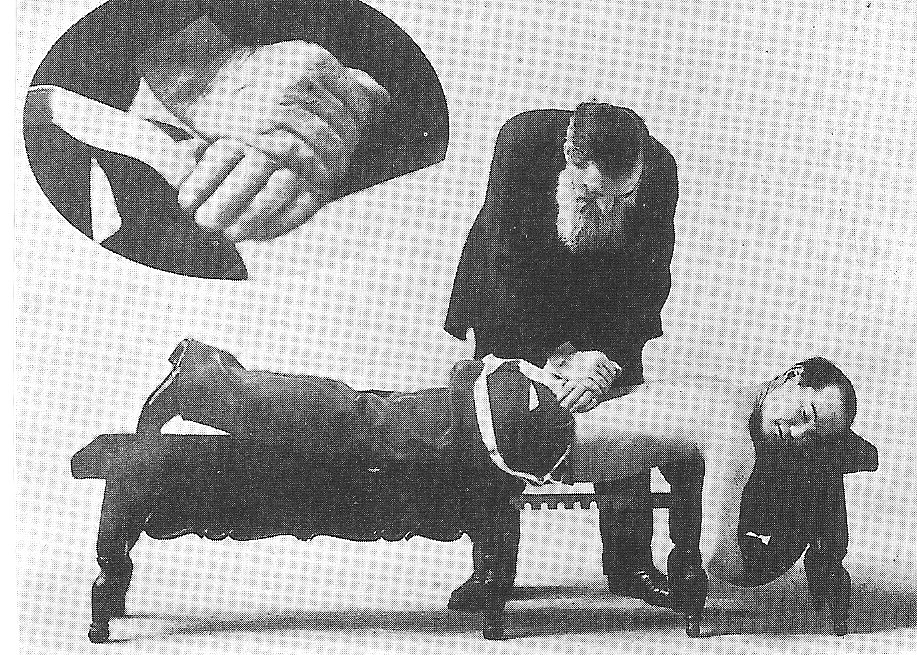
D.D. Palmer, the founder of chiropractic, using a manipulative technique similar to that described by Hippocrates. (from The Science of Chiropractic: Its Principles And Adjustments,1906). Spinal manipulation has been used for thousands of years in the practice of bonesetting. Spinal adjustments based on the theory that disease is caused by subluxated vertebrae placing pressure on spinal nerves was “discovered” by Palmer in 1895.
Simple or slight misalignment of a vertebra, often referred to by chiropractors as a “subluxation,” can be caused by disc degeneration, curvatures, and structural abnormalities. Such a subluxation is common and cannot be corrected; it may or may not be mechanically symptomatic and can be seen on a plain x-ray image. In the absence of pathology such as disc herniation or osteophyte formation, vertebral subluxations or misalignments rarely affect spinal nerves and have never been associated with organic disease, even when a spinal nerve has been severely compressed. The reason for this is that spinal nerves supply skin and musculoskeletal structures while the body’s organs are supplied by autonomic ganglia and nerve plexuses located outside the spinal column and by autonomic cranial and sacral nerves that pass through solid bony openings. The involuntary function of organs can be sustained by hormones and other factors supplied by the flow of blood when nerve supply has been severed, as shown in the case of a transplanted organ. The body’s organs continue to function (supplied by blood flow and autonomic nerves) when a spinal cord injury in the neck paralyzes musculoskeletal structures from the neck down by shutting off brain impulses to spinal nerves.
An orthopedic vertebral subluxation that causes pain and loss of mobility in the spine (often as a result of injury) or a compressed spinal nerve that causes pain and other symptoms in musculoskeletal structures cannot be equated with a chiropractic subluxation or an asymptomatic “vertebral subluxation complex” that is alleged to cause disease by interfering with nerve supply to organs. Such a subluxation, with or without nerve root compression, has never been proven to exist. There is no plausible theory and no credible evidence to support the contention that “nerve interference” originating in a single spinal segment can cause an organic disease. There is no reason to believe that the temporary physiological effects of spinal manipulation can affect the cause of an organic disease.
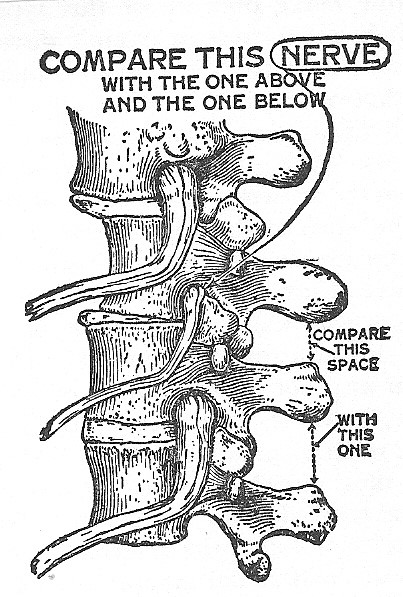
Versions of this old illustration depicting a “killer subluxation” (often described as a “silent killer”) alleged to be a cause of disease by compressing a spinal nerve are still being used by some subluxation-based chiropractors.
Many subluxation-based chiropractors routinely x-ray every patient’s spine in order to measure a harmless vertebral misalignment or a structural asymmetry that may be labeled as the cause of a health problem. A “vertebral subluxation complex”, which is not detectable by physical examination or by imaging procedures, is located by using such dubious methods as surface electromyography, thermography, applied kinesiology, leg length checks, and so on. Manufactured fear of a “killer subluxation”, whether a vertebral misalignment or a subluxation complex, locks patients into a lifetime of inappropriate treatment that may circumvent appropriate care. A subluxation-based chiropractor, and his patients, may falsely attribute natural recovery from illness to correction of subluxations, encouraging unnecessary, ongoing treatment until an emergency forces the patient to seek medical care.
Enter subluxation deniers
A published review of the evidence on the epidemiology of the subluxation construct failed to find any credible evidence supporting the chiropractic vertebral subluxation theory. The review, conducted and reported by three chiropractors and a Ph.D., concluded:
No supportive evidence is found for the chiropractic subluxation being associated with any disease process or of creating suboptimal health conditions requiring intervention. Regardless of popular appeal this leaves the subluxation construct in the realm of unsupported speculation. This lack of supportive evidence suggests the subluxation construct has no valid clinical applicability.
Although many chiropractors and a few chiropractic colleges are now backing away from the chiropractic vertebral subluxation theory, subluxation-based chiropractors continue to use the theory to justify treating a broad scope of health problems by adjusting the spine. They simply point to case reports, state laws, and dictionary definitions of chiropractic to support their claims. Some chiropractors who do not use the word “subluxation” simply substitute another word or words, such as “joint dysfunction”, in support of their belief that some kind of segmental spinal “lesion” can affect general health.
It appears that most chiropractors continue to be guided by the Chiropractic Paradigm formulated by the Association of Chiropractic Colleges (ACC), representing North American Chiropractic Colleges, which proposes that “Chiropractic is concerned with the preservation and restoration of health and focuses particular attention on the subluxation”. The Canadian Memorial Chiropractic College, parting ways with the ACC paradigm, recently announced that it has joined 12 other chiropractic institutions around the world that have renounced vertebral subluxation theory. The World Federation of Chiropractic, representing anti-subluxation colleges, has stated:
The teaching of vertebral subluxation complex as a vitalistic construct that claims that it is the cause of disease is unsupported by evidence. Its inclusion in a modern chiropractic curriculum in anything other than an historical context is therefore inappropriate and unnecessary.
The chiropractic profession has long been divided by the views of “straight chiropractors” (whose treatment is limited to use of spinal adjustments to correct vertebral subluxations) and the views of “mixer chiropractors” (who use other forms of treatment along with spinal adjustments to correct vertebral subluxations). Today, with increasing numbers of chiropractors and chiropractic colleges rejecting subluxation theory, the profession is being divided by “subluxation believers” and “subluxation deniers”.
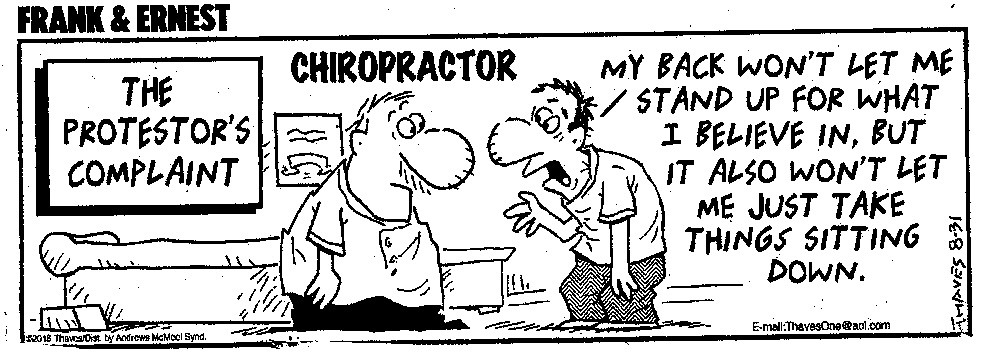
Subluxation theory vs. treatment based on a correct diagnosis
With an increasing number of physical therapists and orthopedic manual therapists now including use of spinal manipulation as an option in their treatment armamentarium, it might eventually become apparent that generic spinal manipulation provided by physical therapists is preferable to chiropractic manipulation (adjustments) that might be tainted by subluxation theory. A specific chiropractic adjustment to correct an alleged vertebral subluxation complex is not the same as generic long-lever manipulation used to improve mobility. A chiropractic “adjustment”, sometimes done with a mallet, can hardly be characterized as manipulation.
A program associated with the Department of Physical Therapy at the University of Pittsburgh (Pennsylvania) is now training and certifying chiropractors and physical therapists as Primary Spine Practitioners (PSP) capable of providing conservative care that includes use of manipulation in the treatment of mechanical-type neck and back problems ─ sans subluxation theory.
Appropriate treatment for back pain does not always require use of manipulation. A correct diagnosis may contraindicate use of manipulation, or it might indicate a need for manipulation to restore mobility. Most cases of acute mechanical-type back pain will resolve with time, but spinal manipulation, massage, thermal applications, and other physical therapy modalities might be useful as options in providing relief from pain, buying the time needed for recovery and reducing the need for pain medication.
Most back-pain patients will need instruction in self-help measures to aid recovery or to prevent injury, tailored to the needs and the structure of the individual. Much of what must be done to prevent back pain, such as exercise and ergonomics, must be done by the patient. So there is more to treating back pain than simply manipulating the spine. But a correct diagnosis is essential for appropriate care ─ care that may not be provided by subluxation-based chiropractors who adjust the spine of every patient they treat to correct alleged vertebral subluxations, relying heavily upon a popping sound to signal a successful treatment.
Some subluxation believers do not diagnose; they simply “analyze the spine” and adjust subluxations to “remove nerve interference” so that the body can heal itself, whatever the problem might be. Although some chiropractors commonly report that a “pinched nerve” is the cause of a health problem, a spinal nerve that is truly pinched, usually by a herniated disc or a bony spur, is a painful condition that could be aggravated by spinal manipulation.
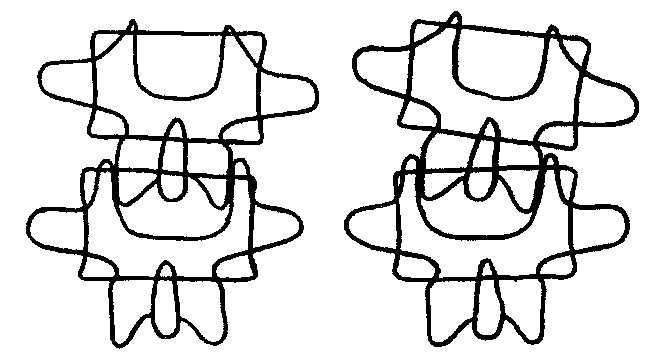
A freely movable vertebral misalignment due to degenerative changes, curvatures, or a structural deviation from normal is common but not often significant. Such misalignment cannot be changed by manipulation. In rare cases, a locked or binding joint can be released, with restoration of mobility, with a single manipulation.
The majority rules
Hopefully, science-based chiropractors will eventually prevail as a majority in defining chiropractic in state laws as a properly limited musculoskeletal specialty, forcing subluxation-based chiropractors to practice surreptitiously. With back pain and musculoskeletal conditions rated as the No. 1 and No. 2 cause of disability worldwide, there should be incentive for chiropractors to fill a niche as conservative musculoskeletal back specialists. A review of chiropractic web sites and chiropractic college catalogues, however, most of which embrace subluxation theory, suggests that this may never happen. There appears to be a subluxation-based majority in North America that will continue defining chiropractic as a form of broad-scope alternative medicine.
The mindset that allows allegiance to vertebral subluxation theory breeds susceptibility to such pseudoscientific nonsense as applied kinesiology, homeopathy, and functional medicine, further expanding the practice of chiropractors as “natural primary care providers”, despite public perception that chiropractors are back specialists.
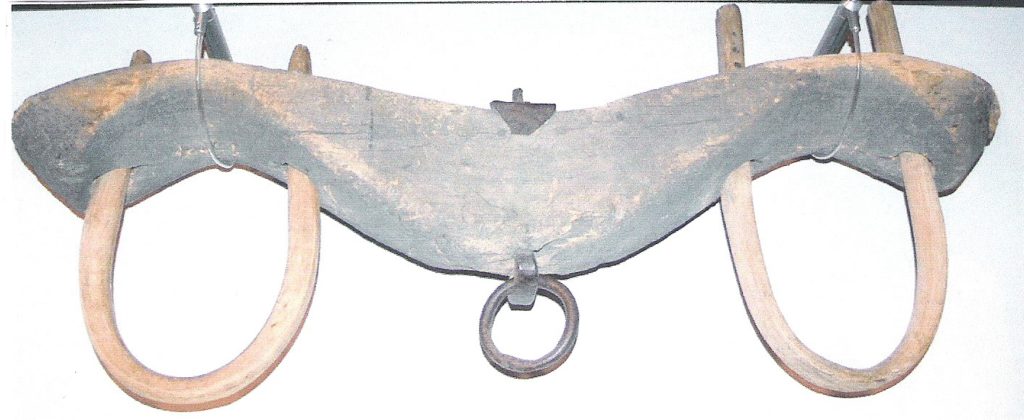
Subluxation-based chiropractic and pseudoscience share a common yoke
The vertebral subluxation theory that gave birth to chiropractic as an independent alternative to conventional medical care is a yoke that can never be totally discarded. As a belief system that is not subject to critical thinking, subluxation-based chiropractic care will continue to hinder the development of chiropractic as a science-based specialty. Legally licensed “subluxation believers” will continue to compete with “subluxation deniers”.
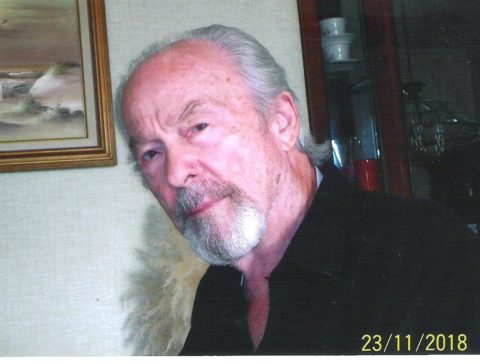
The author, 10 pounds lighter 44 days after riding out Hurricane Michael, a Category 5 storm that devastated Panama City, Florida, on October 10, 2018.

